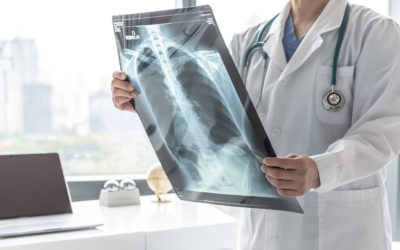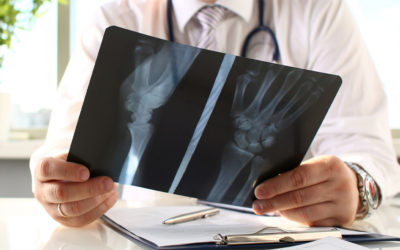CT Lung Cancer Screening
Lung cancer is the number one cause of cancer-related deaths in the United States. It is responsible for more deaths annually than breast, prostate or colorectal cancers combined. Lung cancer is second only to heart disease in the number of deaths caused annually.
If you meet the National Comprehensive Cancer Network (NCCN) guidelines for high-risk category one, call Big Bend Regional Medical Center to schedule a CT lung cancer screening. If you meet category two criteria, ask your physician for a referral. CT scans are easy and painless and could save your life because they can detect lung cancer at an early stage, when it is most treatable.
NCCN Criteria for Lung Cancer Screenings
High-Risk Category One (no physician referral required)
- Age 55 to 74 and
- Have smoked a pack of cigarettes a day for 30 years or two packs a day for 15 years or
- Quit smoking less than 15 years ago
High-Risk Category Two (physician referral required)
- Age 50 to 54 and
- Have smoked a pack of cigarettes a day for 20 years or more and
- Have one additional risk factor (other than second-hand smoke)
Additional Risk Factors
- Current smoker or smoking history
- Disease history (COPD or pulmonary fibrosis)
- Family history of lung cancer
- History of cancer
- Radon exposure
- Occupational exposure to arsenic, asbestos, beryllium, cadmium, chromium coal smoke, diesel fumes, nickel, silica and/or soot
Candidates cannot have signs or symptoms of lung cancer to qualify for a lung cancer screening.
For More Information
Call 432-837-0207
Related Services and Conditions
Diagnostic Imaging
At Big Bend Regional Medical Center, diagnostic imaging is used to create a graphic depiction of the structures and functions of the body’s organs and other internal systems. These images are used to examine and diagnose certain medical conditions. Services Include:...
CT Scan
Thanks to CT scanning (computed tomography, often called a “CAT” scan) doctors can view a “slice” of the human body painlessly. Often used to diagnose life-threatening conditions and issues like cancer, blood clots, infections, lung and liver disease, head and spine...
End of Year Benefits
We understand the end of the year is a very hectic time. But while we look forward to the new, let's also take stock of how we can improve today -- and save! At Big Bend Regional Medical Center we encourage you to take some time for yourself. Doing so could not only...
Radiography
X-rays are performed in the radiology department, in the surgery department or in patient rooms. They are used to help physicians view the inside of the body and examine the chest, spine, bones, digestive tract, uterus and bladder to confidently diagnose conditions....




